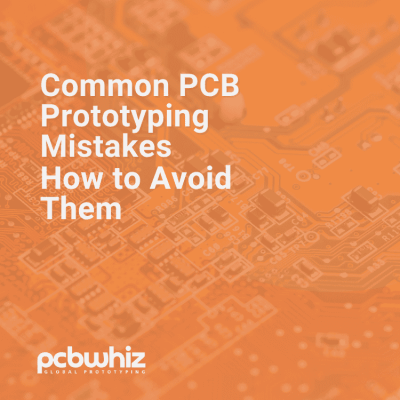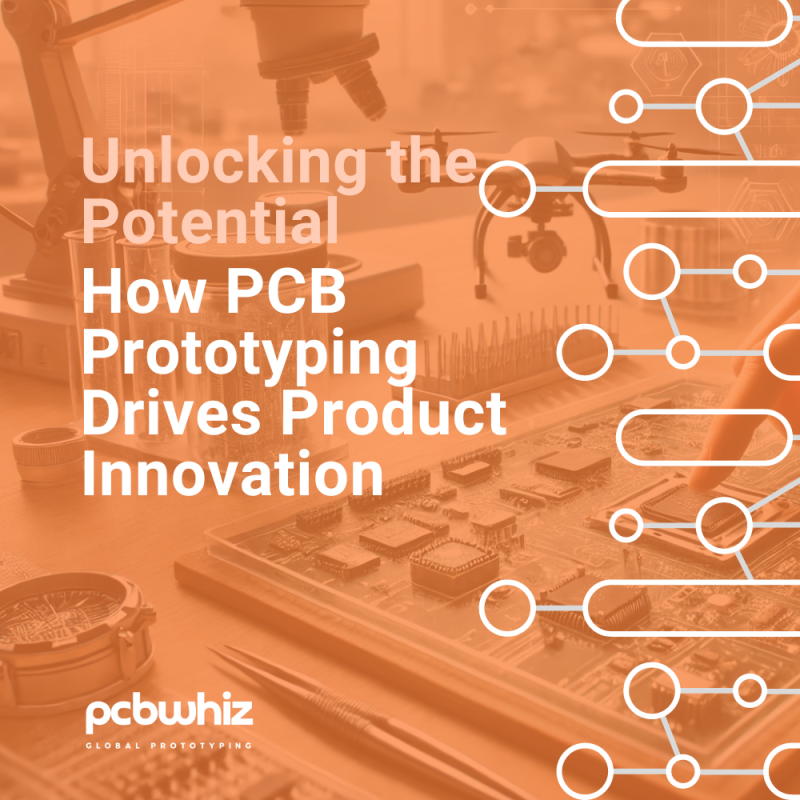Common PCB Prototyping Mistakes and How to Avoid Them
Martin Huang
Posted on November 4, 2025
Prototyping is a critical step in transforming electronic ideas into working products. However, PCB errors during prototyping can cause delays, increase costs, and affect product quality. This guide highlights the most common PCB design mistakes and shares actionable PCB prototyping tipsto prevent them.

1. Poor Component Placement
Problem: Components placed too close together or in inconvenient orientations can cause soldering problems, thermal issues, or assembly difficulties.
Solution:
Maintain proper spacing according to IPC standards.
Position heat-sensitive components away from high-power parts.
Consider assembly accessibility, especially for test points and connectors.
2. Ignoring Design for Manufacturability (DFM)
Problem: A PCB that works in CAD software may fail in real-world manufacturing if DFM principles are ignored.
Solution:
Follow standard pad sizes, trace widths, and spacing.
Use standard component footprints.
Communicate with your PCB manufacturer early to confirm production feasibility.
3. Incorrect Trace Widths and Current Ratings
Problem: Traces that are too narrow for the intended current can overheat, causing voltage drops or board failure.
Solution:
Calculate trace widths using IPC-2221 standards.
Account for copper thickness, layer count, and current load.
Use controlled impedance traces for high-frequency circuits.
4. Poor Grounding and Power Distribution
Problem: Weak ground planes or poor power routing can introduce noise, EMI issues, and unstable performance.
Solution:
Implement solid ground planes.
Place decoupling capacitors near ICs.
Minimize loops and interference in power routing.
5. Skipping Prototype Verification Steps
Problem: Skipping small-batch testing can amplify errors in full production.
Solution:
Conduct schematic and layout reviews before fabrication.
Run DRC (Design Rule Checks) and ERC (Electrical Rule Checks).
Build a small prototype batch to validate functionality.
6. Ignoring Component Tolerances
Problem: Selecting components without considering tolerances may cause circuits to fail under real-world conditions.
Solution:
Use capacitors with ±20% tolerance or tighter.
Verify resistor and inductor tolerances.
Cross-check manufacturer specs and footprints.
7. Ineffective Communication with Manufacturers
Problem: Incomplete or unclear files and specifications can delay production and increase errors.
Solution:
Provide complete Gerber files, BOMs, and assembly instructions.
Highlight critical dimensions, tolerances, and materials.
Maintain open communication with your PCB manufacturer.
Final Thoughts
Avoiding common PCB prototyping mistakes is essential for efficient development and high-quality production. Following PCB prototyping tips —from proper component placement and DFM compliance to accurate trace calculations and clear manufacturer communication—will help reduce PCB errors, save costs, and shorten development timelines.




